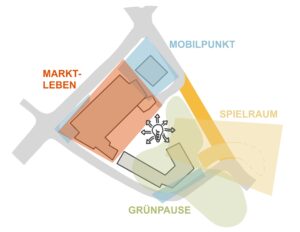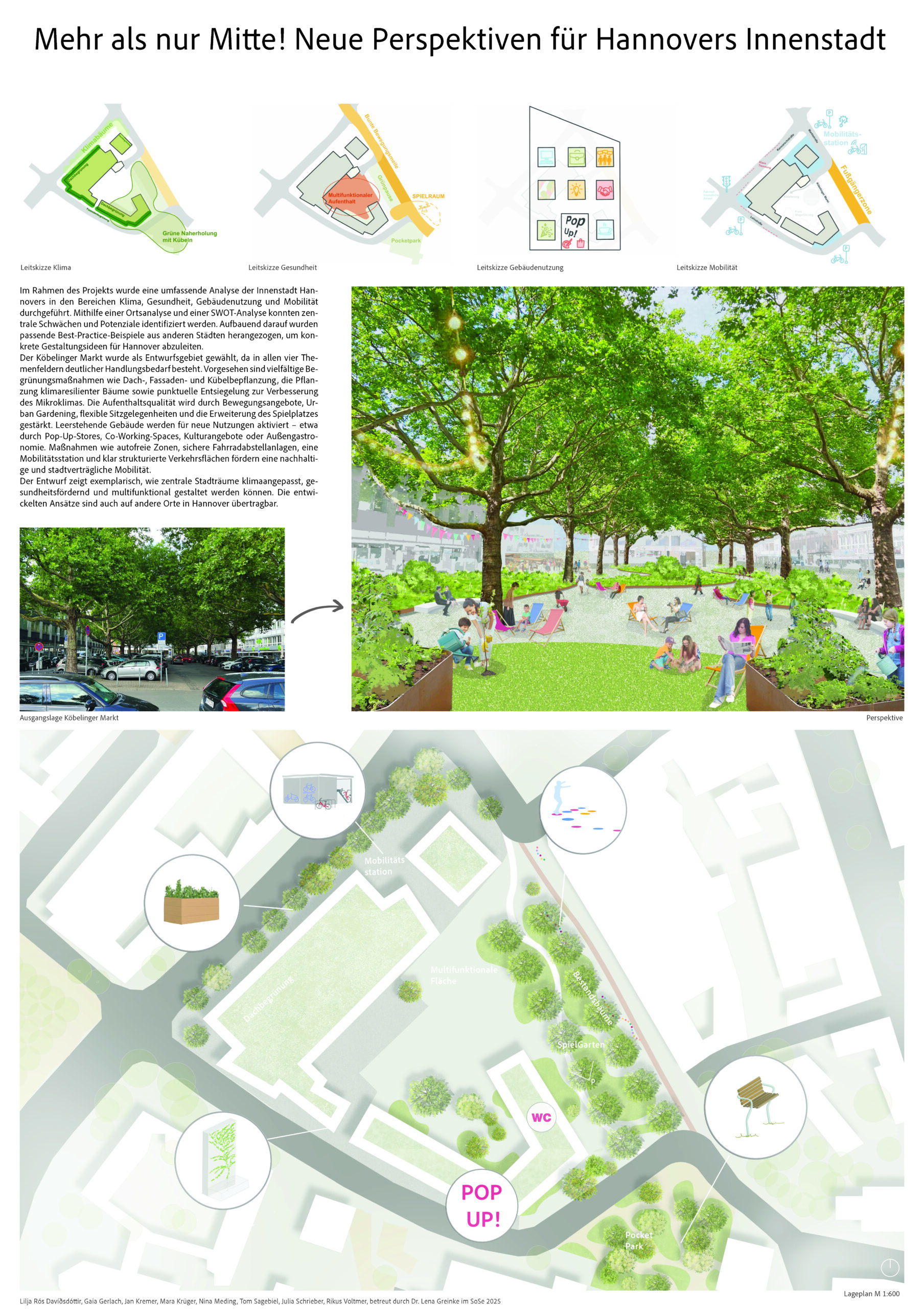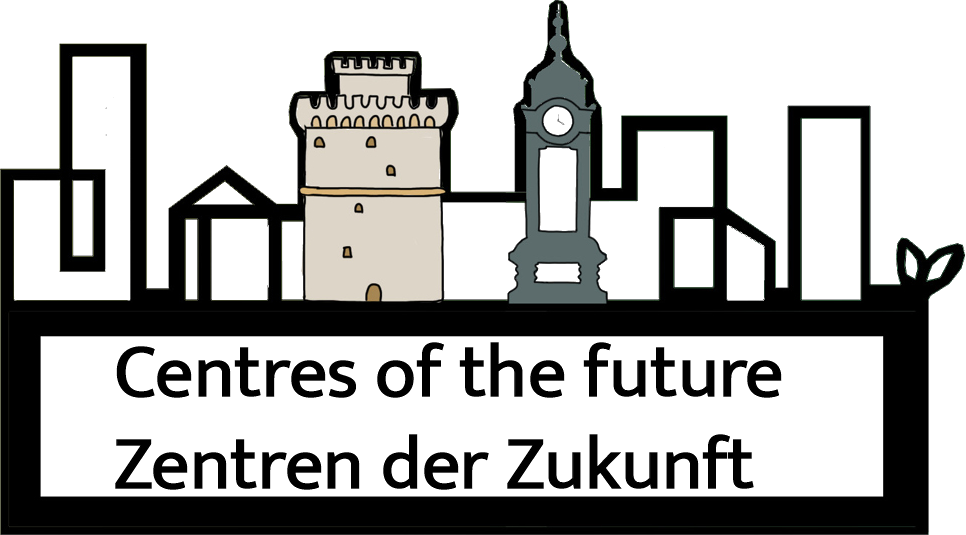In student projects, e-learning concepts are jointly developed, tested and implemented. Project study is the central form of teaching at LUH. In supervised student projects, small working groups (approx. 8-10 students) work on complex tasks during a semester (6 months). The aim is to develop specific basics during the project work in order to implement e-learning concepts on the annual focuses (e.g. sustainable center development, planning systems and cultures, best practice examples and options for action, etc.). The offered projects build on each other. The learning management system ILIAS (Integrated Learning, Information and Work Cooperation System) offers extensive functions for the didactic design of teaching and serves to promote the self-directed learning by students as well as to accompany classroom teaching. This includes, for example, online learning modules, exercise tools, blogs, portfolios, learning map training, video annotations as well as live voting for lecture hall polls and tests. In addition, game-based, digital and analog approaches to gamification and storytelling can be used to create the concepts (e.g., board games). The developed e-learning concepts can be used both at LUH and AUTH.
Bachelor’s project “More than just the center – new perspectives for Hanover’s city center“
City centers are undergoing profound change: the structural shift in retail, rising rents, increasing vacancies, and the impacts of climate change all pose significant challenges. At the same time, expectations are growing that inner cities should not only function as spaces of consumption but also as vibrant and livable places for all groups of society.
Against this backdrop, students at Leibniz University Hannover developed new perspectives for Hanover’s city center in the summer semester of 2025 as part of a bachelor project. Under the title “More than Just the Center”, the project focused on how the inner city could become more climate-resilient, healthier, more diverse, and future-oriented.
The analysis focused on the area within Hanover’s City Ring and addressed four key themes: climate, health, building use, and mobility. The students conducted a criteria-based site analysis, supplemented by a SWOT analysis and comparisons with best-practice examples from cities such as Vienna, Berlin, Rotterdam, and Freiburg. This approach helped to identify both the strengths and weaknesses of Hanover’s inner city.

Based on these findings, the students developed an urban design concept for the Köbelinger Markt. This site was chosen as an example to illustrate how greener structures, new spaces for movement and encounter, more flexible ground floor uses, and sustainable mobility solutions could be integrated. The design serves as both a model and a strategic recommendation for Hanover’s entire inner city.
The project makes an important contribution to the ongoing debate on the transformation of city centers. It demonstrates how scientific analysis and creative design can be combined to provide concrete impulses for a livable, climate-resilient, and socially diverse city center. The results underline that the transformation of city centers requires interdisciplinary approaches that integrate ecological, social, and economic dimensions – and offer practical proposals for keeping Hanover’s inner city vibrant and attractive in the future.

